Peruvian Pavilion at the Biennale Arte 2024
- When: April 20, 2024 - November 24, 2024
- Place: Venezia, Giardini dell'Arsenale
- Region: Veneto
Contemporary artArt Exhibitions in Venezia
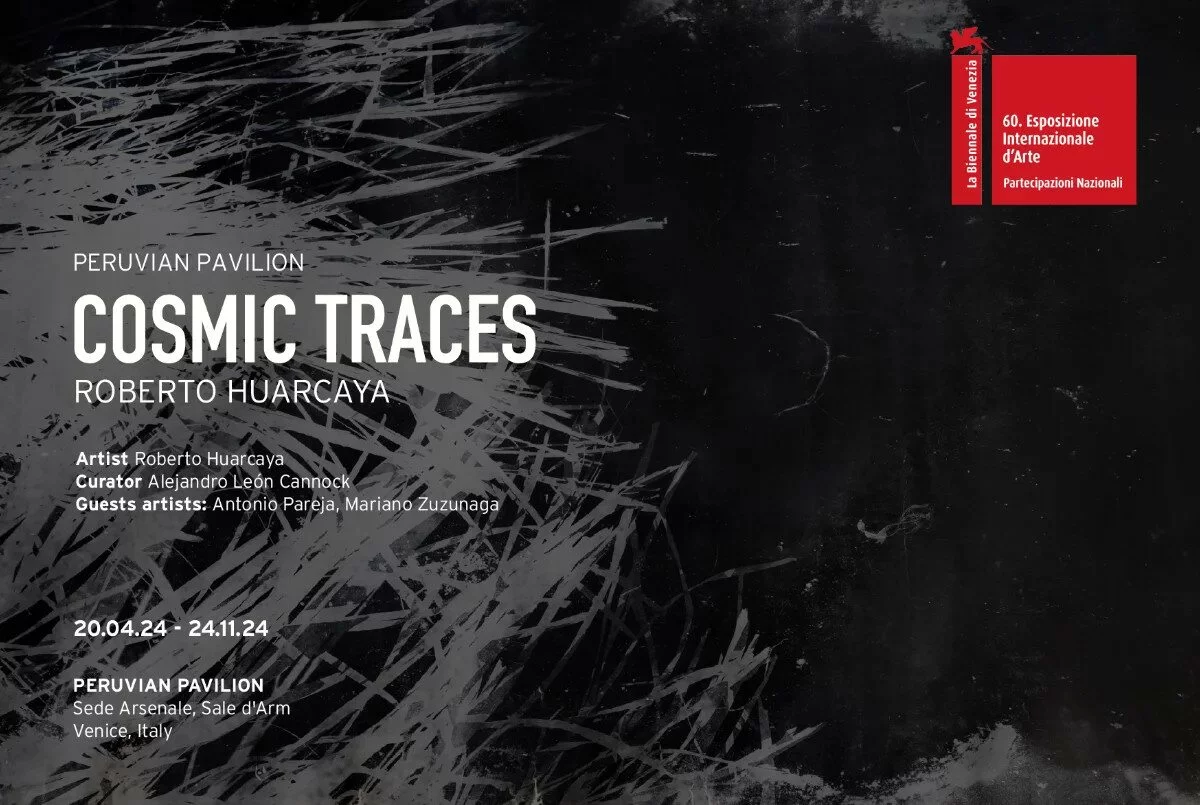
The 60th International Art Exhibition of the Biennale of Venice will take place from Saturday 20 April to Sunday 24 November, 2024 (pre-opening on April 17, 18 and 19), curated by Adriano Pedrosa under the title FOREIGNERS EVERYWHERE.
At the Peruvian Pavilion, the chosen project to embody the essence of the country is entitled COSMIC TRACES by the esteemed artist Roberto Huarcaya (1959 | Lima, Peru). This exhibition is curated by Alejandro León Cannock (1980 | Lima, Peru), and benefits from the curatorial insights of Joan Fontcuberta (1955 | Barcelona, Spain), Andrea Jösch (1973 | Santiago, Chile), and Amanda Antunes (1986 | São Paulo, Brazil).
The exhibition project introduces an installation that harmoniously brings together a collection of remarkable works: A monumental photogram meticulously conceived by artist Roberto Huarcaya in the heart of the Amazon rainforest –precisely within the Bahuaja Sonene National Park, nestled in the Tambopata jungle of Peru. Against the backdrop of this lush setting, Huarcaya unfolded a 30-meter photosensitive paper roll beneath a towering palm tree during a storm, allowing the lightning to etch its imprint onto the paper during the night. This photogram was revealed and fixed in-situ in a set-up darkroom amidst the jungle, utilizing water from nearby rivers. Notably, the liquid remnants from the development journeyed to Lima, ensuring environmentally responsible disposal. Complementing this visual masterpiece, a sculpture of a canoe by the talented artist Antonio Pareja (1953 | Lima, Peru), and a piano composition envisioned by Mariano Zuzunaga (1953 | Lima, Peru).
The proposal emerges at the crossroads of photography, installation, and land art, challenging our approach to (re)presenting the environment. It serves as an immersive, fleeting ritual sanctuary designed to awaken consciousness, spark imagination, and promote meditation. By doing so, it encourages viewers to reconsider their surroundings with a sensitive and non-instrumental perspective.
OFFICIAL CATALOGUE TEXT
COSMIC TRACES by Alejandro León Cannock
For more than a decade, photographer Roberto Huarcaya has roamed Peru, creating monumental photograms that – in the junction of photography, installation and land art – question our way of (re)presenting and comprehending our environment. Both the photograms (large format, singular, abstract, material) and the production process (experimental, immersive, heuristic, unhurried) evince a creative method that consciously operates against what Flusser describes as the programme of the photographic apparatus. Huarcaya's oeuvre runs counter to Western modernity's extraction project, which encourages using "advanced" technologies (such as A.I.) to employ images (and their users) as a means to its ends: knowing, controlling, exploiting and consuming the world.
Huarcaya, on the contrary, reclaims a craft, one that acknowledges a time/space idiosyncrasy, admits that matter resists and accepts experience as irreducible. He operates as a medium, embracing, in Rosa's words, the world's unavailability, bringing together heterogenous elements (light, dust, water, plants, insects) on a photosensitive surface to elicit traces (images). This method – which begets an organic (Deleuze would say, rhizomatic) relation of forces between materials, circumstances, the artist and his collaborators – expresses a humble acknowledgment of existence as uncertain (foreign). Huarcaya's critical-creative stance questions the power modern humans have claimed on/over the world, restoring to the cosmos the agency denied by Western culture (defined, according to Descola, by a naturalist ontology, and, to Honneth, by a politics of reification).
Through the assemblage of the works (a photogram of a tree, a sculpture of a canoe and a composition for piano), and of the pavilion's structural and environmental elements, the installation Cosmic Traces,
conceived especially for the Biennale di Venezia – 2024, places spectators in an undetermined experiential space/time, challenging their attention habits (perceptive, emotional and cognitive), usually adapted to the imperatives of the neoliberal system. Rather than a representational artistic proposal (it does not talk about this or that), it is performative: its presence creates an immersive, transitive event. It transforms the space into a ritual haven to spark awareness, stoke the imagination and encourage meditation, inviting spectators.
OFFICIAL GUIDE TEXT
COSMIC TRACES by Alejandro León Cannock
For more than a decade, photographer Roberto Huarcaya has roamed Peru, creating monumental photograms that – in the junction of photography, installation and land art – question our way of (re)presenting our environment. Countering present technophile trends, Huarcaya claims a craft that brings together heterogeneous elements (light, dust, water, plants, insects) on a photosensitive surface to elicit traces (images). This organic, experimental approach to the creative process allows Huarcaya to acknowledge existence as uncertain (foreign) and question the position of power Western culture has assumed on/over the world, returning to the cosmos some of its lost agency.
Cosmic Traces is an installation that, through the assemblage of the works (a photogram, a sculpture and a musical composition) and the pavilion's structural and environmental elements, places spectators in an undetermined experiential space/time, challenging their attention habits. Thus, Cosmic Traces is, rather than a representational artistic proposal (it does not talk about this or that), performative; it operates as an immersive, transitive ritual haven to spark awareness, stoke the imagination and encourage meditation, inviting spectators to reassess their environment taking a sensitive, non-instrumental stance.... read the rest of the article»
CONCEPTUAL TEXT
COSMIC TRACES by Alejandro León Cannock
The current ecological crisis has led us, as evident throughout the Peruvian territory, to the sixth mass extinction. Therefore, according to scientists, activists, and (some) politicians, it is urgent to alter the way of life – extractive and consumerist – imposed on planet Earth by technoscientific modernity and capitalist mode of production. However, these voices of resistance still do not emphasize enough an essential aspect: namely, that the ecological crisis is fundamentally a crisis of our relationships with the living. The destruction of biodiversity is the result of the numbness in the way Western culture perceives, feels, thinks, and acts upon, with, and within nature. Because of this, we have become incapable of recognizing and understanding – let alone protecting – the complexity of forms of existence that compose the fabric of the living. This process of estrangement (first urban, now virtual) has transformed us into apathetic beings, reducing what we consider equal to us to (certain) human groups and leading us to view nature (including human communities not belonging to this "us") as a resource for economic exploitation. In a span of 500 years, this dual movement of ideological inversion – inclusive anthropomorphization and exclusive reification – has turned the living into everything that the human being is not, into the great Other of Western culture, into the ultimate Stranger.
The ecological crisis is then rooted in the impoverishment of the sensory experience of the world caused by humanity. Therefore, in addition to being an ideological, economic, and political problem, it is also an aesthetic problem. In this context, art can help us revitalize our relationships with the living, as the essential aim of artistic work is nothing other than "creating sensory experiences". Indeed, contemporary artists have abandoned the conception of the artwork as an autonomous entity separate from the viewer and the world, as accustomed by the Western art history (the contemplative aesthetic ideal), and have embarked on the production of complex blocks of space-time experience. In this sense, "artworks" – such as the installation Cosmic Traces by Peruvian artist Roberto Huarcaya presented on this occasion – operate as aesthetic devices that urge us to experience reality beyond the categories and cognitive-pragmatic values imposed by modern instrumental rationality. Thus, these devices stimulate forms of attention that invite us to perceive, feel, think, and act in an extraordinary manner, allowing the emergence of new forms of being in the world. Thanks to the agency between heterogeneous, foreign elements capable of prompting us to imagine relationships not foreseen in reality, aesthetic devices become laboratories to (re)construct the world, (re)shape subjectivities, and (re)weave relationships between them. The critical (political) function of creation (art) is none other than this (re)distribution of the sensible.
Short BIO
Roberto Huarcaya (1959 | Lima, Peru)
Founder and director of the Centro de la Imagen between 1999 and 2019. He has held numerous solo exhibitions. His work is part of the collections of Maison Européenne de la Photographie in Paris, Fine Arts Museum of Houston, Museum of Latin American Art in California (MOLAA), Center on Contemporary Art in Seattle (CoCA), Lehigh University Art Collection, Museo de Arte de Lima (MALI), among others. He is a co-editor of CDI, the magazine of Centro de la Imagen, and Sueño de la Razón, a magazine on South American photography. He co-directed LimaPhoto, a photography gallery fair in Lima, and the Biennial de Fotografía de Lima in March 2012 and April 2014.
Title: Peruvian Pavilion at the Biennale Arte 2024
Opening: April 20, 2024
Ending: November 24, 2024
Organization: La Biennale di Venezia
Curator: Alejandro León Cannock
Place: Venezia, Giardini dell'Arsenale
Address: Giardini dell'Arsenale - Venezia
More info on this website: https://labiennale.org
Other exhibitions in Venezia and province
Contemporary artexhibitions Venezia
Albanian Pavilion at the 60th International Art Exhibition - La Biennale di Venezia
The "theory of the glass of water" dates back to the pre-revolutionary Russian period and is linked to the radical thinker and feminist Alexandra Kollontai. read more»
Contemporary artexhibitions Venezia
Chiara Dynys. Lo stile
From April 20 to September 15 2024, during the 60th Venice Art Biennale, Ca' Pesaro International Gallery of Modern Art, hosts a solo exhibition by Chiara Dynys, " Lo Stile". read more»
Contemporary artexhibitions Venezia
Francesco Vezzoli. Musei delle Lacrime
Francesco Vezzoli introduces a new chapter for the Venice International Foundation with "Museums of Tears" an unprecedented exhibition that reinterprets the heritage of Venice's Museo Correr. read more»
Contemporary artexhibitions Venezia
Italian Pavilion at the Biennale Arte 2024
Due qui / To Hear is the title of the project for the Italian Pavilion at the 60th International Art Exhibition – La Biennale di Venezia (April 20– November 24, 2024). read more»
Contemporary artexhibitions Venezia
URUGUAY PAVILION at the Biennale Arte 2024
Latente is the title of the Uruguayan Pavilion at the 60th International Art Exhibition of La Biennale di Venezia. read more»
Nebula
Fondazione In Between Art Film is pleased to present Nebula, a new group exhibition opening to the public on April 17, 2024, at the Complesso dell'Ospedaletto in Venice. read more»
Contemporary artexhibitions Venezia
Klaus Littmann. Arena for a Tree
Opening April 2024, Arena for a Tree by Klaus Littmann will be presented in Venice for the very first time. read more»
Contemporary artexhibitions Venezia
Hospitality in the Pluriverse
(Re)Create Project Space Venice will present Hospitality in the Pluriverse, curated by Gale Elston during the 60th edition of the Venice Biennial from April 16 to May 4, 2024. read more»
Contemporary artexhibitions Venezia
Hovering
The group exhibition Hovering presents 13 international artists who express themselves using the languages of painting, installation, video, photography, drawing, and sculpture. read more»
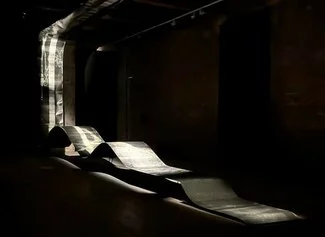
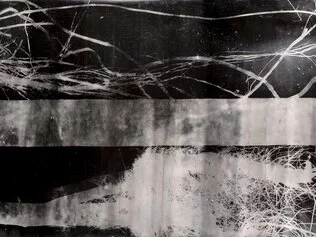
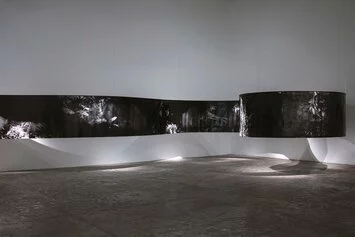
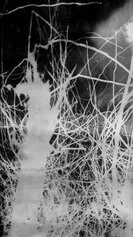

 itinerarinellarte.it è un sito che parla di arte in Italia coinvolgendo utenti, musei, gallerie, artisti e luoghi d'arte.
itinerarinellarte.it è un sito che parla di arte in Italia coinvolgendo utenti, musei, gallerie, artisti e luoghi d'arte.